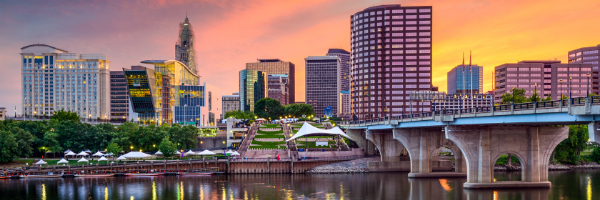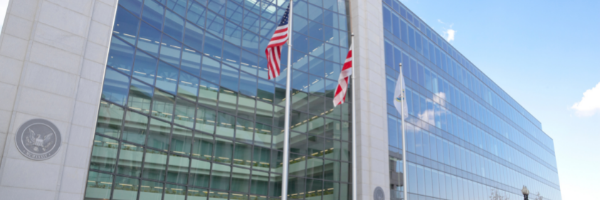Category: Newsletters
-
The State and Local Tap: Pennsylvania voters pass constitutional amendments to limit governor’s emergency orders
Posted on
Our weekly summary of state and local news reviews the results of Tuesday’s Pennsylvania primaries and summarizes the Sixth Circuit Court’s ruling that Ohio can sue the Census Bureau over delayed data. Ballot Measures Update Nineteen statewide measures have been certified for the 2021 ballot in five states so far. One new measure was certified…
-
The Federal Tap: U.S. Rep. Steve Stivers resigns
Posted on
Our weekly summary of federal news looks at the resignation of U.S. Rep. Steve Stivers and the latest on the nomination of Eric Lander as OSTP director. Read all about it in this week’s edition of the Federal Tap. Congress is in session Both the House and Senate are in session next week. Click here…
-
Union Station: Connecticut State Senate passes bill to increase union access to public employees
Posted on

Connecticut State Senate passes bill to increase union access to public employees The Connecticut state Senate passed a bill on May 13 that would require public employers to provide unions with increased information about and access to public employees. It would also prohibit employers from discouraging union membership. About the bill The Connecticut state Senate…
-
The oldest and newest state supreme courts
Posted on
The oldest and newest state supreme courts Each state has at least one supreme court, but those courts were established at different times. I recently saw an analysis one of our staff members wrote on this topic, and I wanted to share it with you today. The Massachusetts Supreme Court, founded in 1692, is 329…
-
Documenting America’s Path to Recovery #251: May 20, 2021
Posted on
Note: Our team will be unplugging tomorrow, May 21, and there will not be a newsletter. We will return to our normal schedule May 24. Welcome to Documenting America’s Path to Recovery. Today we look at: Changes in Delaware’s coronavirus restrictions A bill prohibiting masks in Utah public schools Vaccine distribution School closures and reopenings…
-
A dose of redistricting updates
Posted on
Redistricting review: Sixth Circuit rules Ohio has standing to sue Census Bureau over delayed data In last week‘s redistricting review, I wrote about a court case in Ohio concerning the Census Bureau’s timeline for releasing redistricting data. This week—on May 18—a three-judge panel of the U.S. Court of Appeals for the Sixth Circuit ruled that…
-
Documenting America’s Path to Recovery #250: May 19, 2021
Posted on
Welcome to Documenting America’s Path to Recovery. Today we look at: Changes to Connecticut’s statewide mask mandate Changes to coronavirus restrictions in New Jersey COVID-19 policy changes from this time last year We are committed to keeping you updated on everything from mask requirements to vaccine-related policies. We will keep you abreast of major developments—especially…
-
Documenting America’s Path to Recovery #249: May 18, 2021
Posted on
Welcome to Documenting America’s Path to Recovery. Today we look at: Changes in coronavirus restrictions in New Jersey An announcement about the end of California’s mask mandate Vaccine distribution Lawsuits about state actions and policies State-level mask requirements Diagnosed or quarantined public officials COVID-19 policy changes from this time last year We are committed to…
-
Economy and Society: SEC to begin investigating ESG disclosures
Posted on

ESG developments this week In Washington, D.C. Is the SEC making its move? On May 14, FoxBusiness’s Charles Gasparino reported that the new SEC chairman, Gary Gensler, has asked his staff to begin investigating whether corporations are making proper ESG disclosures and, if they are not, to charge them with fraud. Gasparino wrote: “Wall Street’s…
-
Checks and Balances: Biden EO spurs removal of publicly available guidance document portals
Posted on

The Checks and Balances Letter delivers news and information from Ballotpedia’s Administrative State Project, including pivotal actions at the federal and state levels related to the separation of powers, due process and the rule of law. This edition: In this month’s edition of Checks and Balances, we review the removal of publicly accessible guidance document…

